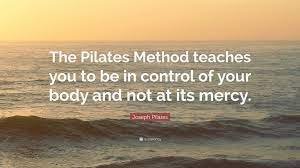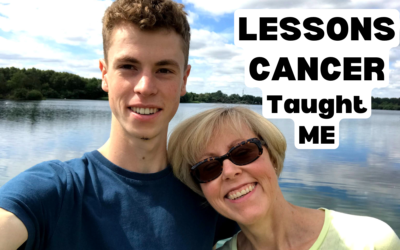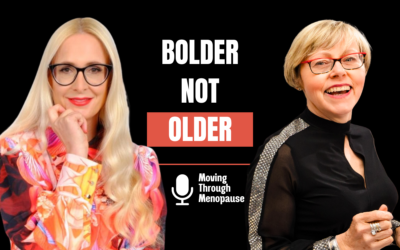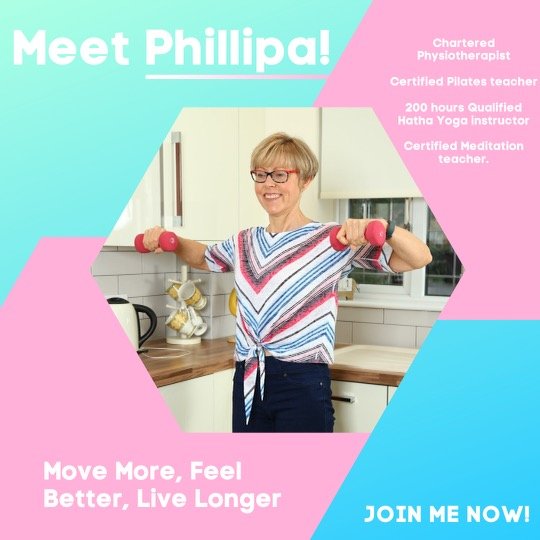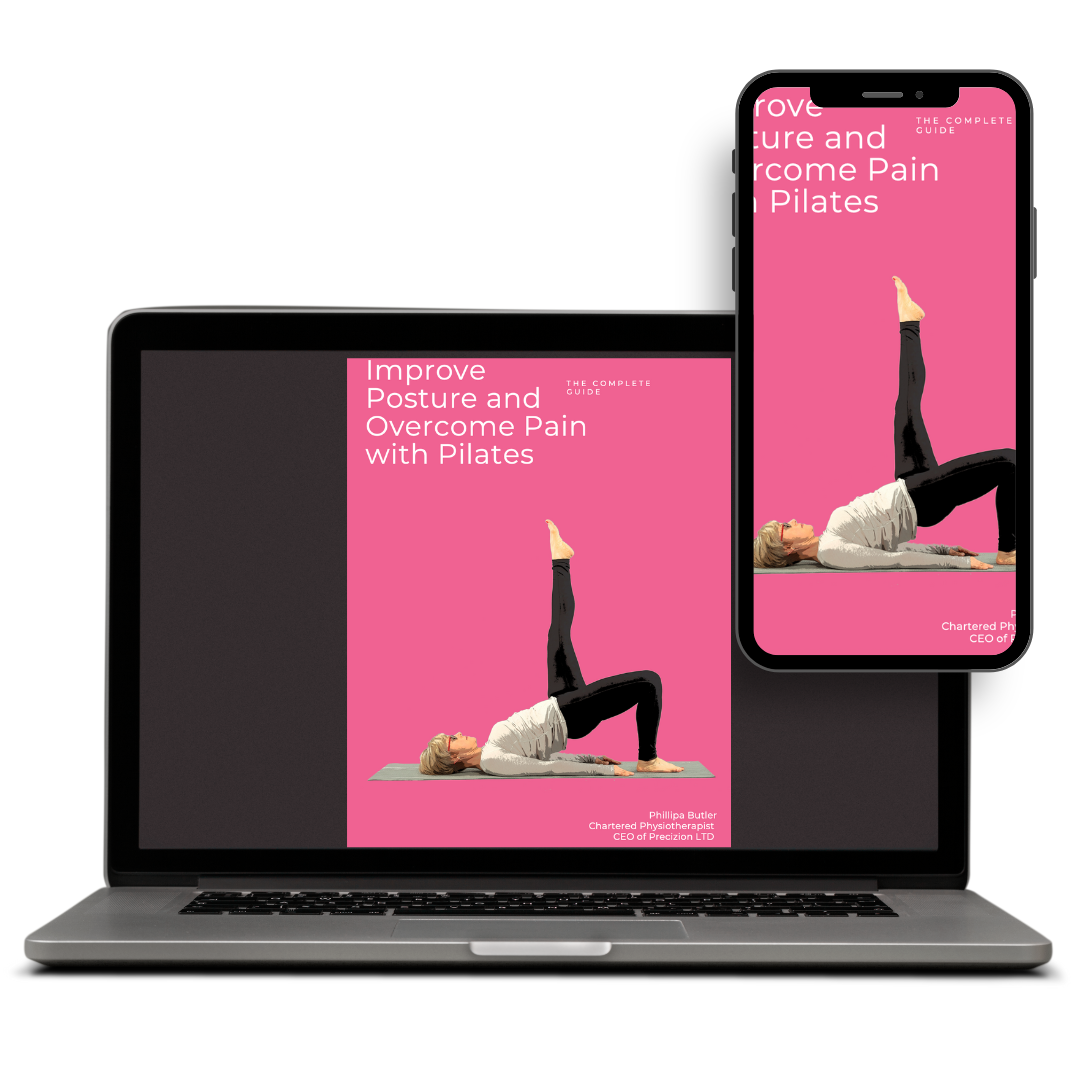Pilates is the ultimate mind-body programme for those who want to tone and streamline the body. Doing Pilates regularly can improve your posture, joint flexibility, and strengthen muscles and bones. In my opinion, Pilates is the best core strengthening exercise you can do. But the benefits don’t end there! The marriage of breath control and a deep inward focus on every movement that we make creates a deep mind-body connection. This mindful approach to movement enhances our emotional well-being and regular practice can help us manage stress, anxiety and combat fatigue. Bold claims I know but in my many years of experience teaching and doing Pilates all this is possible!
What is Pilates?
Pilates is a physical fitness programme consisting of a unique series of stretching and strengthening exercises. It was originally developed around 100 years ago by Joseph Pilates but his approach really stands the test of time!
Joseph Pilates
Pilates was born in Mönchengladbach in 1883 and he was a sickly child. Joseph suffered from asthma, rickets, and rheumatic fever but he dedicated his entire life to improving his physical strength. His father introduced him to gymnastics, body-building and martial arts like jiu-jitsu and boxing. He set about transforming his body and I think you’ll agree it worked!
A trip to England
Joseph Pilates came to England in 1912. He earned a living as a professional boxer, a circus-performer, and a self-defence trainer for Scotland Yard. During World War I, the British authorities interned Pilates in Lancaster Castle. There he taught his fellow internees wrestling and self-defence, boasting that his students would emerge stronger than they were before their internment. It was there that he began refining and teaching his minimal-equipment system of mat exercises that later became “Contrology”. Checkout this vintage video of Joseph teaching in his studio.
Big city, bright lights!
Around 1925, Pilates immigrated to the United States. On the ship to America, he met his future wife Clara. The newly weds founded a studio in New York City teaching his unique movement methods. They quickly established a devoted following in the local dance and performing-arts community. Rehabilitating dancers and training a new generations of Pilates teachers.
Joseph and Clara Pilates taught and supervised their students well into the 1960s and Pilates’ protege Ballerina Romana Kryzanowska started teaching alongside them in 1958. Toward the end of his life, Pilates named Kryzanowska as the director of his Pilates Studio and she and her daughter continued to operate Pilates’ original studio after his death in 1967. Pilates died in New York of advanced emphysema after smoking cigars for many years; he was 83.
The Pilates Method
Pilates developed his method as a system of exercises to “develop the muscles of the body, the suppleness of the limbs, the functioning of the vital organs and endocrine glands, but also to clarify and develop the mind”. (Pilates’ Return to life through Contrology, Revised edition for the 21st Century) The original 34 mat exercises can be found in this book first published in 1945.
How we move matters!
I have been a lifelong exercise enthusiast and I have done my fair share of aerobics, weight training, running, cycling and horse riding. But it wasn’t until I came upon Pilates that I began to appreciate the importance of perfecting the ‘way’ in which we move. Even after many years of teaching exercise in my work as a Chartered Physiotherapist I discovered that applying the Pilates principles into my clinical work improved the results for my clients. Pilates can be used to treat painful conditions such as low back pain,
The Foundations of Pilates
The six foundational principles of Pilates are: Breathing, Centring, Concentration, Control, Flow and Precision.
- Breathing was pivotal in his instruction and Pilates placed extraordinary emphasis on inhalations and exhalations. This focus on the breath and the coordination of breath and movement is increasingly being endorsed from both physiological and bio-mechanical perspectives.
- Centring Is the ability to focus on the area between the ribs and hips with the goal of generating muscular activity but also ideal positioning for optimal functioning.
- Concentration is paying close attention to the specifics of each exercise performed. It is only with a high level of focus that we can build and benefit from a honed mind-body connection.
- Learning to Control the body with the mind is a valuable skill. By practicing control it enhances our ability to perform at an unconscious level ultimately.
- To move with fluidity, elegance and grace is to Flow. With seemingly disparate body parts contributing to the overall outcome, we generate efficiency and a feeling of freedom of movement.
- The final foundational principle is my favourite; Precision. “Pilates’ original teachings and step-by-step instructions were always very specific in the placement, alignment and trajectory for each moving part of the body”. (Pilates’ Return to life through Contrology, Revised edition for the 21st Century) This is appealing to me and has paid off for the countless individuals I have worked with.
Pilates reaches the parts!
 When we put the six foundational principles into action we quickly appreciate how they integrate with one another and account for the effectiveness of Pilates’ exercises. Now I am no Darcy Bussell but a short time ago after class, a client asked if I had a dance background? There is no doubt in my mind that my regular Pilates practice over many years has changed my body for the better. I now have a combination of strength, grace, balance and ease of movement that Joseph himself promised would be the result.
When we put the six foundational principles into action we quickly appreciate how they integrate with one another and account for the effectiveness of Pilates’ exercises. Now I am no Darcy Bussell but a short time ago after class, a client asked if I had a dance background? There is no doubt in my mind that my regular Pilates practice over many years has changed my body for the better. I now have a combination of strength, grace, balance and ease of movement that Joseph himself promised would be the result.
Large Equipment
It was during the latter part of the First World War Pilates served as an orderly in a hospital on the Isle of Man and worked with patients who were unable to walk. He attached bed springs to the hospital beds to help exercise the patients’ limbs. This ultimately led to the development of his famous piece of equipment known as the ‘Cadillac‘. He went on to build numerous pieces including my personal favourite the Pilates Reformer. The Reformer has a moving platform that allows us to really challenge the stabilising muscles of the core. whilst moving in all directions, in all positions possible, and in some you can only imagine!
Much of his equipment, although slightly adapted, is still in use today in many Pilates Studios. I am lucky to own a Reformer which in my opinion is one of the most versatile pieces of exercise equipment I have ever come across!
Workout with me on YouTube
Why not try an online session with me and experience the power of Pilates for yourself?
Author Phillipa Butler. Chartered Physiotherapist


